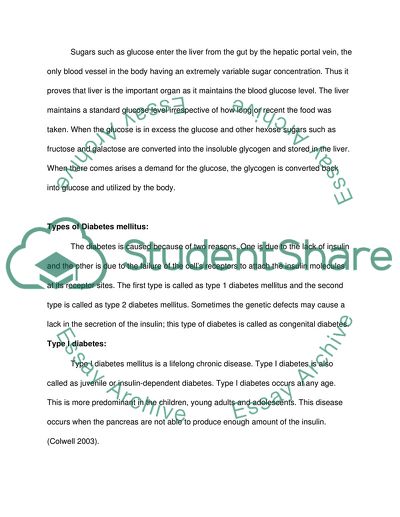Cite this document
(“Recombinant Human Insulin Research Paper Example | Topics and Well Written Essays - 5000 words”, n.d.)
Recombinant Human Insulin Research Paper Example | Topics and Well Written Essays - 5000 words. Retrieved from https://studentshare.org/health-sciences-medicine/1738357-the-development-of-recombinant-human-insulin-as-a-modern-biopharmaceutical
Recombinant Human Insulin Research Paper Example | Topics and Well Written Essays - 5000 words. Retrieved from https://studentshare.org/health-sciences-medicine/1738357-the-development-of-recombinant-human-insulin-as-a-modern-biopharmaceutical
(Recombinant Human Insulin Research Paper Example | Topics and Well Written Essays - 5000 Words)
Recombinant Human Insulin Research Paper Example | Topics and Well Written Essays - 5000 Words. https://studentshare.org/health-sciences-medicine/1738357-the-development-of-recombinant-human-insulin-as-a-modern-biopharmaceutical.
Recombinant Human Insulin Research Paper Example | Topics and Well Written Essays - 5000 Words. https://studentshare.org/health-sciences-medicine/1738357-the-development-of-recombinant-human-insulin-as-a-modern-biopharmaceutical.
“Recombinant Human Insulin Research Paper Example | Topics and Well Written Essays - 5000 Words”, n.d. https://studentshare.org/health-sciences-medicine/1738357-the-development-of-recombinant-human-insulin-as-a-modern-biopharmaceutical.


